 “I am not an accomplished lawyer,” Lincoln wrote in 1850 notes for a law lecture. Continuing in this unpretentious vein, he noted, “I find quite as much material for a lecture in those points wherein I have failed, as in those wherein I have been moderately successful.”
“I am not an accomplished lawyer,” Lincoln wrote in 1850 notes for a law lecture. Continuing in this unpretentious vein, he noted, “I find quite as much material for a lecture in those points wherein I have failed, as in those wherein I have been moderately successful.”
Contrary to his routine use of self-deprecating language when referring to himself, Lincoln unquestionably became a successful lawyer, and as such, potential law students reached out to him for counseling. In the western frontier of Illinois in the first half of the nineteenth century, most students were not attending formal law schools, but rather, “reading” the law with an established lawyer. That included Lincoln. William Herndon, for example, had studied the law in Lincoln’s office long before Lincoln took him on as a junior partner.
Lincoln responded to a letter received in late 1855 from Isham Reavis, who had been a student at Illinois College but decided to study the law after his lawyer father died. Lincoln begged off, saying that he was away from home much of the time riding the 8th circuit and thus it would not be advantageous for anyone to read the law with him. He was encouraging, however, telling young Reavis that “If you are resolutely determined to make a lawyer of yourself, the thing is mor than half done already.” Lincoln went on to tell Reavis did not need to read with anyone, but it would be sufficient to “get the books, and read and study them till, you understand them in their principal features; and that is the main thing.” He then referred him to a fellow lawyer who could loan him the books.
He was more specific in a response to J.M. Brockman in September 1860, four months after receiving the Republican nomination for president. After telling him that the best mode for studying the law, though laborious and tedious, “is only to get the books, and read, and study them carefully,” he recommended Brockman:
“Begin with Blackstone’s Commentaries, and after reading it carefully through, say twice, take up Chitty’s Pleading, Greenleaf’s Evidence, & Story’s Equity &c. in succession.”
He added for emphasis: “Work, work, work, is the main thing.”
In his notes for a law lecture, Lincoln had stressed that “the leading rule for the lawyer, as for the man of every other calling, is diligence.” He also emphasized personal integrity, saying that “if in your own judgment you cannot be an honest lawyer, resolve to be honest without being a lawyer.” In his letter to Isham Reavis, Lincoln reiterated the idea of hard work but added a dose of encouragement, ending with “Always bear in mind that your own resolution to succeed, is more important than any other one thing.”
He signed off, “Very truly Your friend. A. Lincoln.”
[Photo from LOC, Wikimedia Commons. All quotes from Collected Works of Abraham Lincoln. Originally posted on Lincolnian.org]

Lincoln: The Fire of Genius: How Abraham Lincoln’s Commitment to Science and Technology Helped Modernize America is available at booksellers nationwide.
Limited signed copies are available via this website. The book also listed on Goodreads, the database where I keep track of my reading. Click on the “Want to Read” button to put it on your reading list. Please leave a review on Goodreads and Amazon if you like the book.
You also follow my author page on Facebook.
David J. Kent is Immediate Past President of the Lincoln Group of DC and the author of Lincoln: The Fire of Genius: How Abraham Lincoln’s Commitment to Science and Technology Helped Modernize America and Lincoln: The Man Who Saved America.
His previous books include Tesla: The Wizard of Electricity andEdison: The Inventor of the Modern World and two specialty e-books: Nikola Tesla: Renewable Energy Ahead of Its Time and Abraham Lincoln and Nikola Tesla: Connected by Fate.



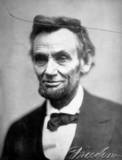 During the U.S. Civil War, there were some who advised Abraham Lincoln to postpone the 1864 election. He refused to do so, saying:
During the U.S. Civil War, there were some who advised Abraham Lincoln to postpone the 1864 election. He refused to do so, saying: Abraham Lincoln won reelection in 1864. Or so we remember. But the results may not be what they seem, and some of the states had questionable legitimacy. I’ll be discussing this topic in a new presentation scheduled for Tuesday, October 29, 2024.
Abraham Lincoln won reelection in 1864. Or so we remember. But the results may not be what they seem, and some of the states had questionable legitimacy. I’ll be discussing this topic in a new presentation scheduled for Tuesday, October 29, 2024.
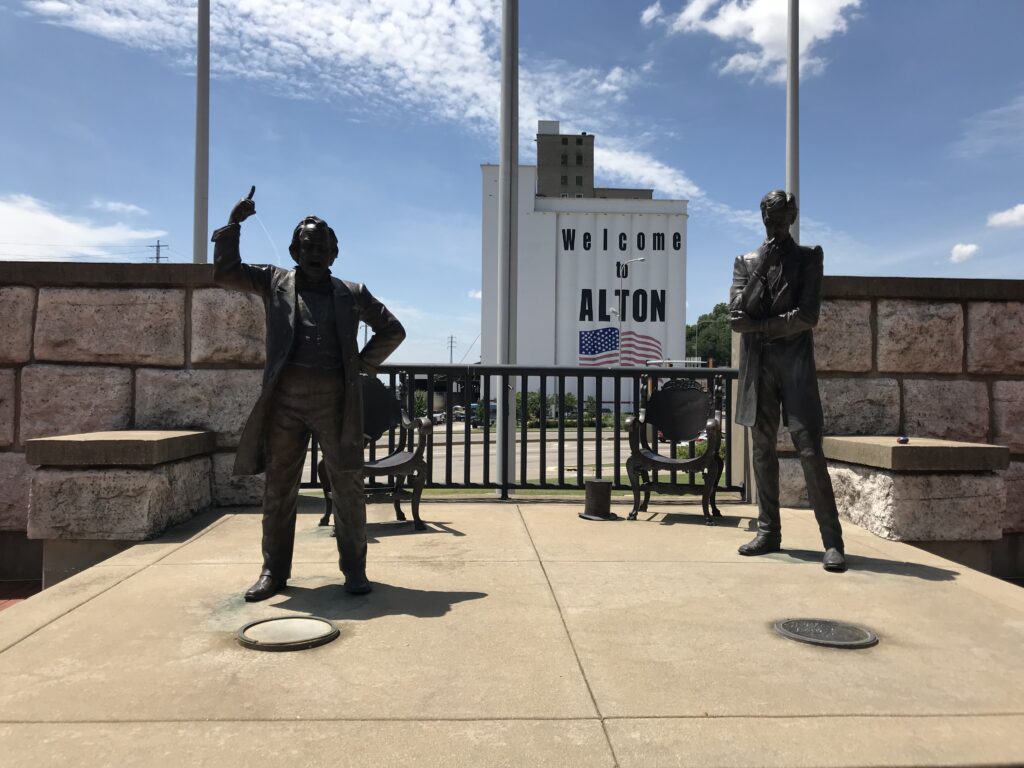
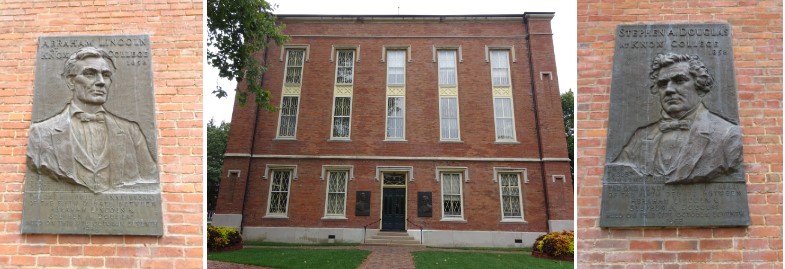 With the
With the 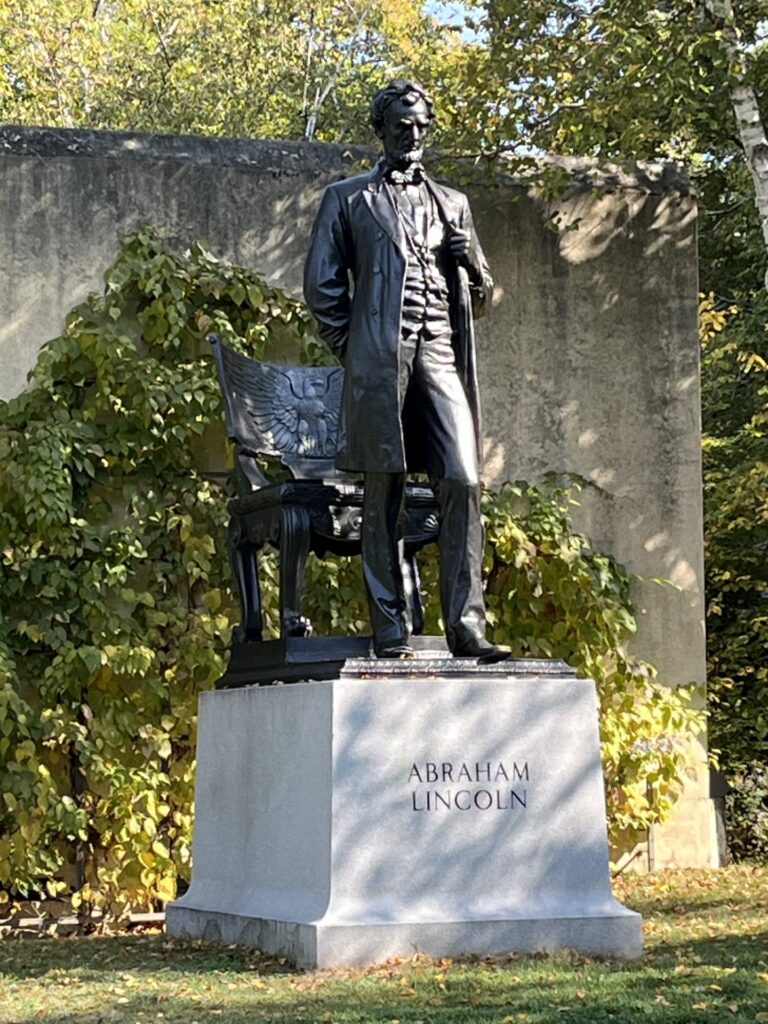

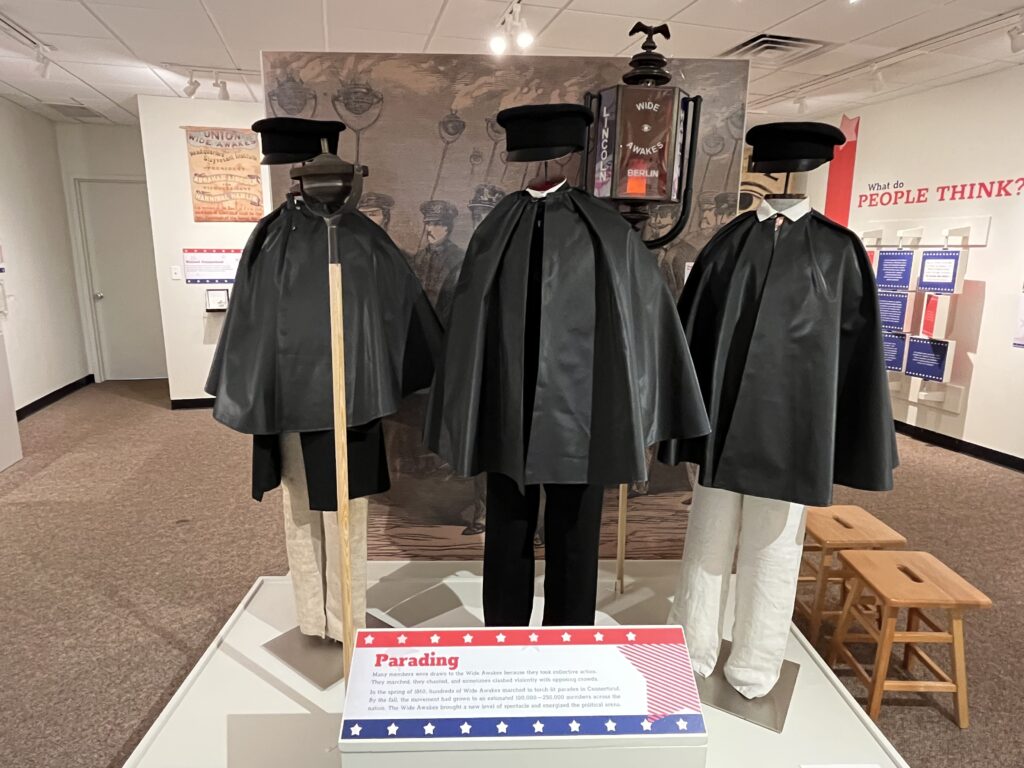
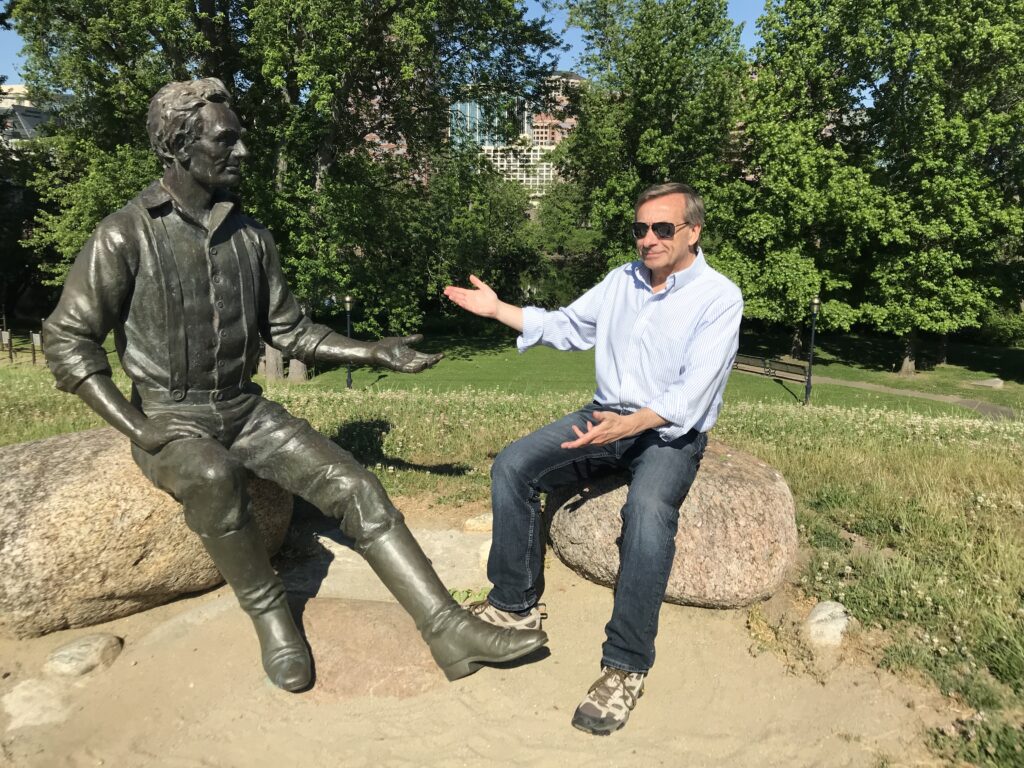
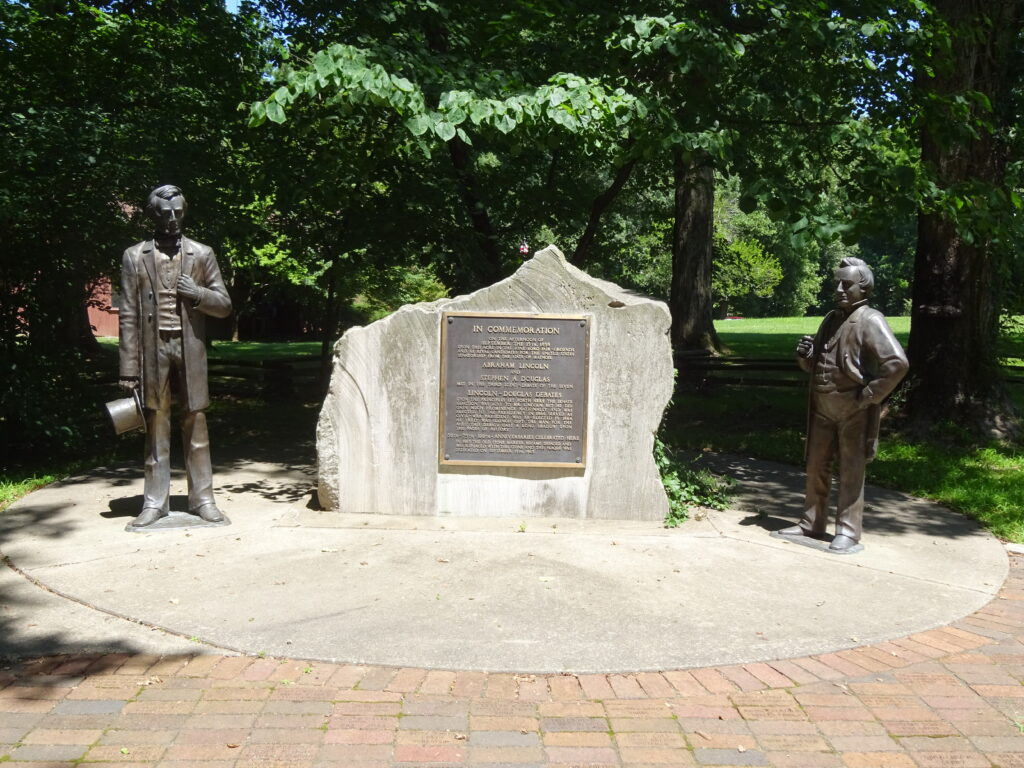
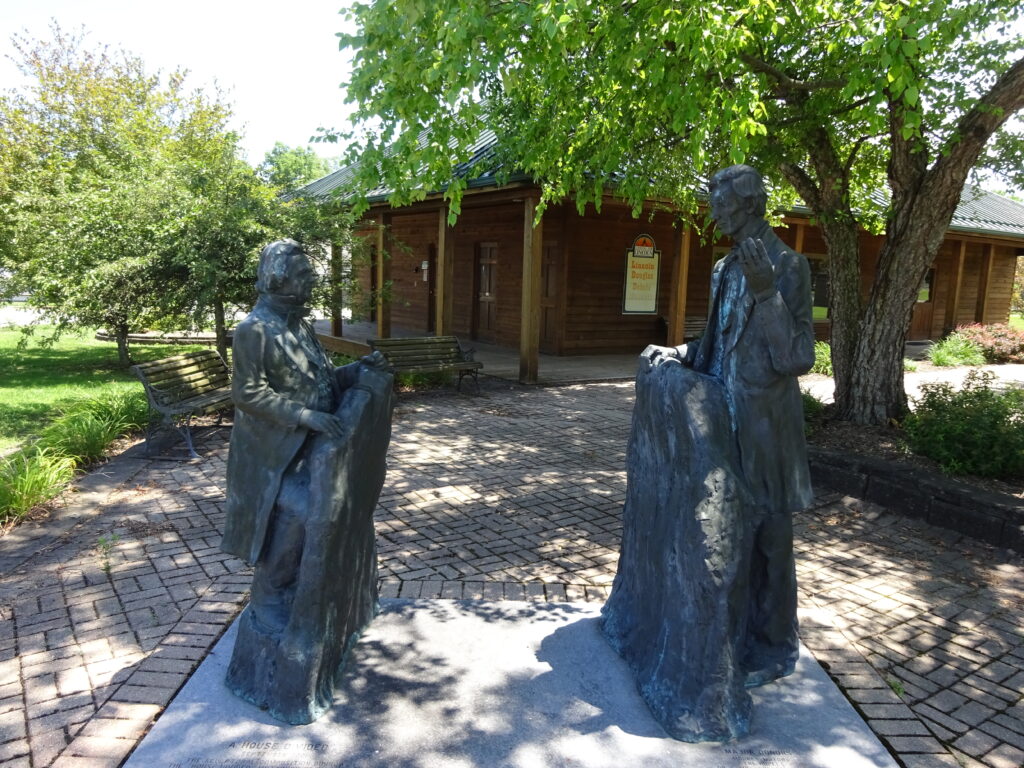
 I was invited to speak about Lincoln: The Fire of Genius by the local chapter of the Daughters of the American Revolution, which usually we all refer to as the DAR. I spoke at their first meeting of the fall in northern Virginia and actually was able to bring them some DAR history they didn’t already know.
I was invited to speak about Lincoln: The Fire of Genius by the local chapter of the Daughters of the American Revolution, which usually we all refer to as the DAR. I spoke at their first meeting of the fall in northern Virginia and actually was able to bring them some DAR history they didn’t already know.
 On March 5, 1860, Lincoln gave a speech in Hartford, Connecticut during his tour of New England after his Cooper Union address. One of the issues that Lincoln tackled was the role of labor and the ongoing Lynn shoemakers’ strike. Lincoln pointed used the strike to point out the difference between the free labor of the North (i.e., the paid labor in which laborers are free to find better paying employers) versus the slave labor of the South (i.e., chattel slavery for the life of the person, their children, their children’s children, ad infinitum). The conservative party at the time complained that the Lynn strike was the result of antislavery agitation and sectional controversy. Lincoln noted:
On March 5, 1860, Lincoln gave a speech in Hartford, Connecticut during his tour of New England after his Cooper Union address. One of the issues that Lincoln tackled was the role of labor and the ongoing Lynn shoemakers’ strike. Lincoln pointed used the strike to point out the difference between the free labor of the North (i.e., the paid labor in which laborers are free to find better paying employers) versus the slave labor of the South (i.e., chattel slavery for the life of the person, their children, their children’s children, ad infinitum). The conservative party at the time complained that the Lynn strike was the result of antislavery agitation and sectional controversy. Lincoln noted:






